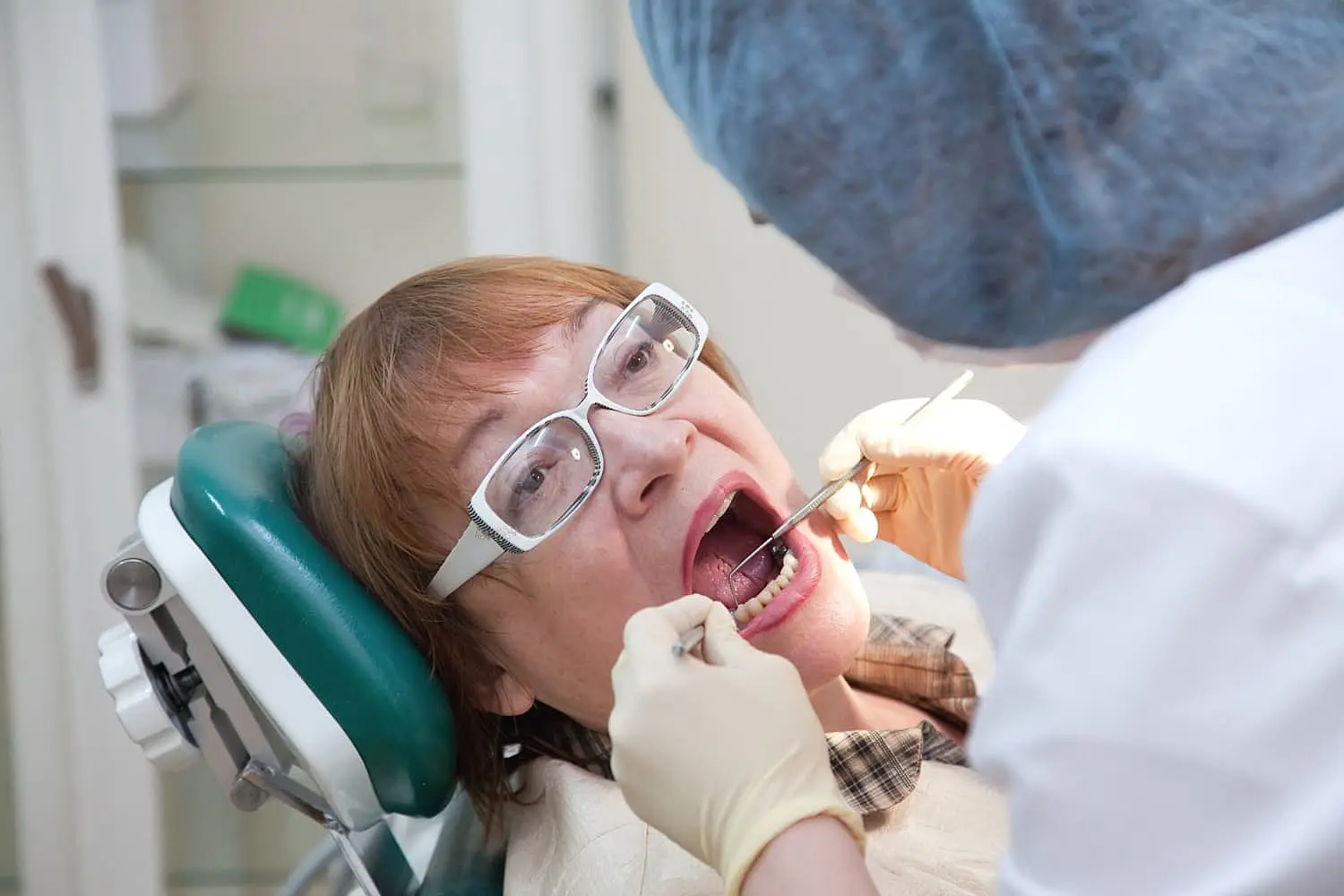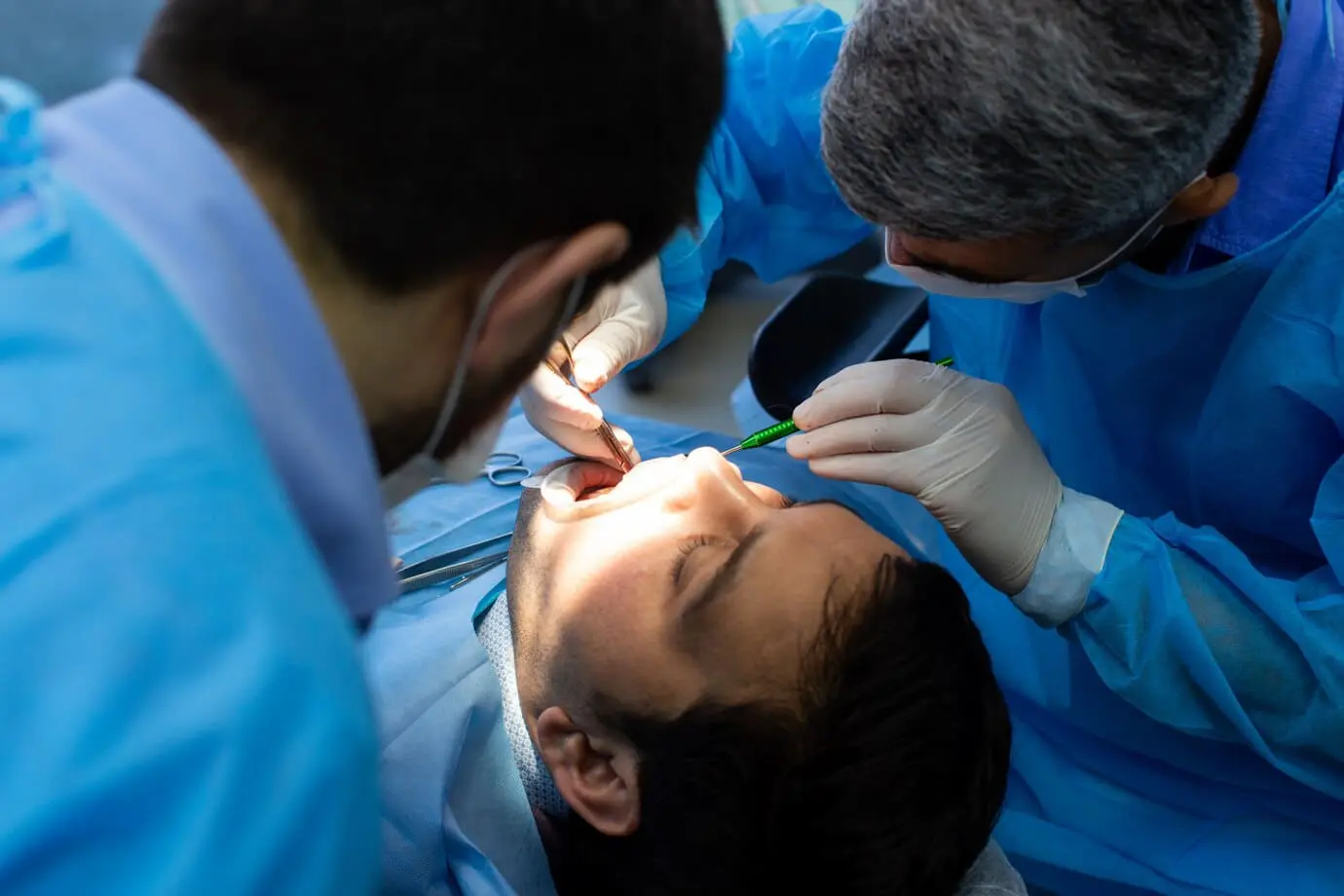
Tongue Thrust: Diagnosis and Treatment in Suwanee or Tucker, GA


What Causes Tongue Thrust
Tongue thrust may arise as a result of a combination of genetic and environmental influences.
Habits formed in early childhood frequently have a significant impact on development. Key influencing factors include:

Types of Tongue Thrust
Various forms of tongue thrust can uniquely impact oral health and dental alignment. The most prevalent type involves the tongue pushing forward, which may cause gaps between teeth and disrupt bite alignment. There are also side-pressing patterns, which might contribute to crossbites and uneven tooth wear over time. Addressing each pattern effectively calls for tailored treatment strategies to achieve the best results.
Symptoms and Diagnosis
A professional assessment is crucial for correctly diagnosing tongue thrust. Typical signs include noticeable gaps between teeth, misaligned bites, and unique swallowing techniques. Experts evaluate tongue posture during resting, speaking, and swallowing phases to confirm and assess the condition’s extent.


Tongue Thrust in Children
Identifying tongue thrust early is essential for children who exhibit signs of it. Seeking professional assessment by age 7 can help avoid more severe developmental challenges down the road. If untreated, tongue thrust can disrupt proper dental growth and lead to the need for more intensive interventions as the child matures.
Treatment Options for Tongue Thrust
Therapeutic methods emphasize correcting tongue posture and function through targeted therapy programs. Professional care may involve tailored treatment plans and behavioral adjustment strategies crafted to suit specific requirements. Effective outcomes often rely on early identification and diligent adherence to recommended exercises and therapies.

Myofunctional Therapy for Tongue Thrust


Long-Term Management and Prognosis
FAQ
How do I know if I have tongue thrust?
Indicators may include noticeable gaps between teeth, trouble swallowing with ease, and speech issues such as lisping. Seeking professional assessment is advised to ensure proper diagnosis, as these signs might also point to other oral health concerns.
Will my teeth straighten naturally if I correct my tongue thrust?
While stopping tongue thrust can prevent further misalignment, existing dental issues typically require professional treatment for correction. Schedule a consultation at NK Orthodontics in Suwanee or Tucker GA, with Dr. Nick Kim, to discuss your specific situation and treatment options.
How can tongue thrust affect orthodontic treatment?
Tongue thrust can interfere with the effectiveness of orthodontic treatment by hindering tooth movement and potentially prolonging the process. Addressing tongue thrust through professional assessment and treatment may be essential to achieve the best outcomes.